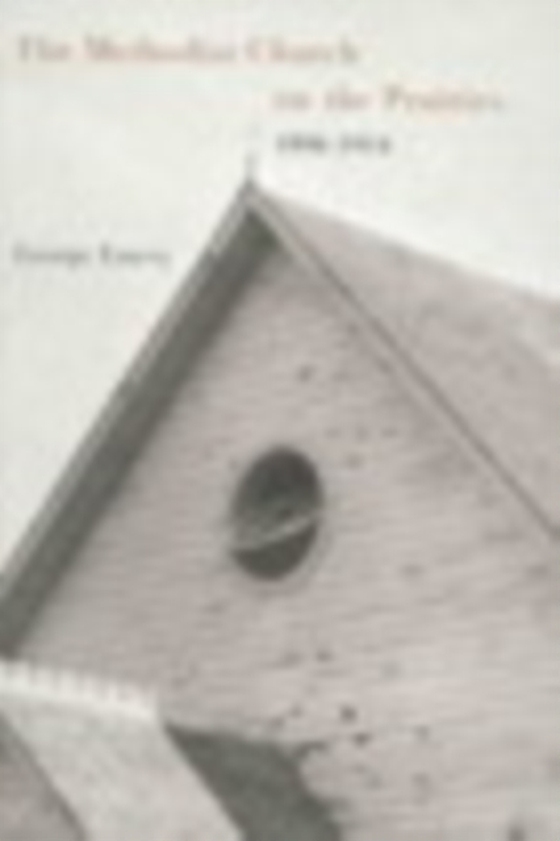
Methodist Church on the Prairies, 1896-1914 e-bog
619,55 DKK
(inkl. moms 774,44 DKK)
The Methodist Church met the challenge with a centralized polity and a cross-class, gender-variegated, evolving religious culture. It relied on wealthy laymen to raise special funds, while small gifts fed its regular funds. Young bachelors from Ontario and Britain filled the pastorate, although low pay, inexperience, and poor supervision caused many to quit. Membership growth was slow due to lo...
E-bog
619,55 DKK
Udgivet
3 maj 2001
Længde
296 sider
Genrer
1KBC
Sprog
English
Format
pdf
Beskyttelse
LCP
ISBN
9780773569218
The Methodist Church met the challenge with a centralized polity and a cross-class, gender-variegated, evolving religious culture. It relied on wealthy laymen to raise special funds, while small gifts fed its regular funds. Young bachelors from Ontario and Britain filled the pastorate, although low pay, inexperience, and poor supervision caused many to quit. Membership growth was slow due to low population density and church-resistant elements in the Methodist population (bachelors, immigrant co-religionists, and transients), and missions to non-Anglo-Saxon immigrants in Winnipeg, Edmonton, and rural Alberta spread Methodist values but gained few members. In The Methodist Church on the Prairies, 1896-1914, the first scholarly study of church history in the prairie region, George Emery uses quantitative methods and social interpretation to show that the Methodist Church was a cross-class institution with a dynamic evangelical culture, not a middle-class institution whose culture was undergoing secularization. He demonstrates that the Methodist's achievement on the prairies was impressive and compared favourably with what Presbyterians and Anglicans achieved.
 Dansk
Dansk

